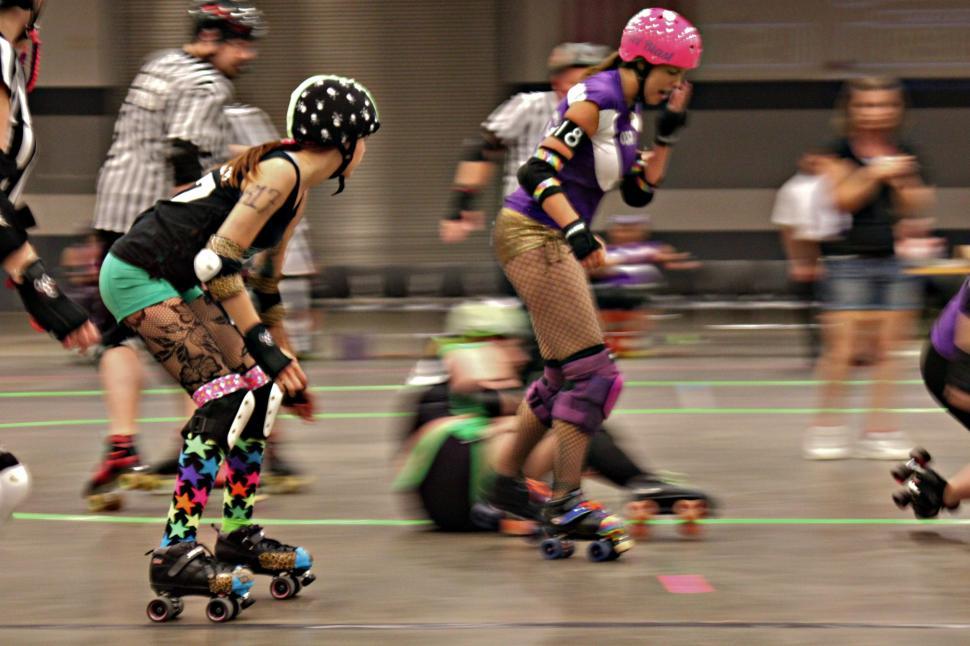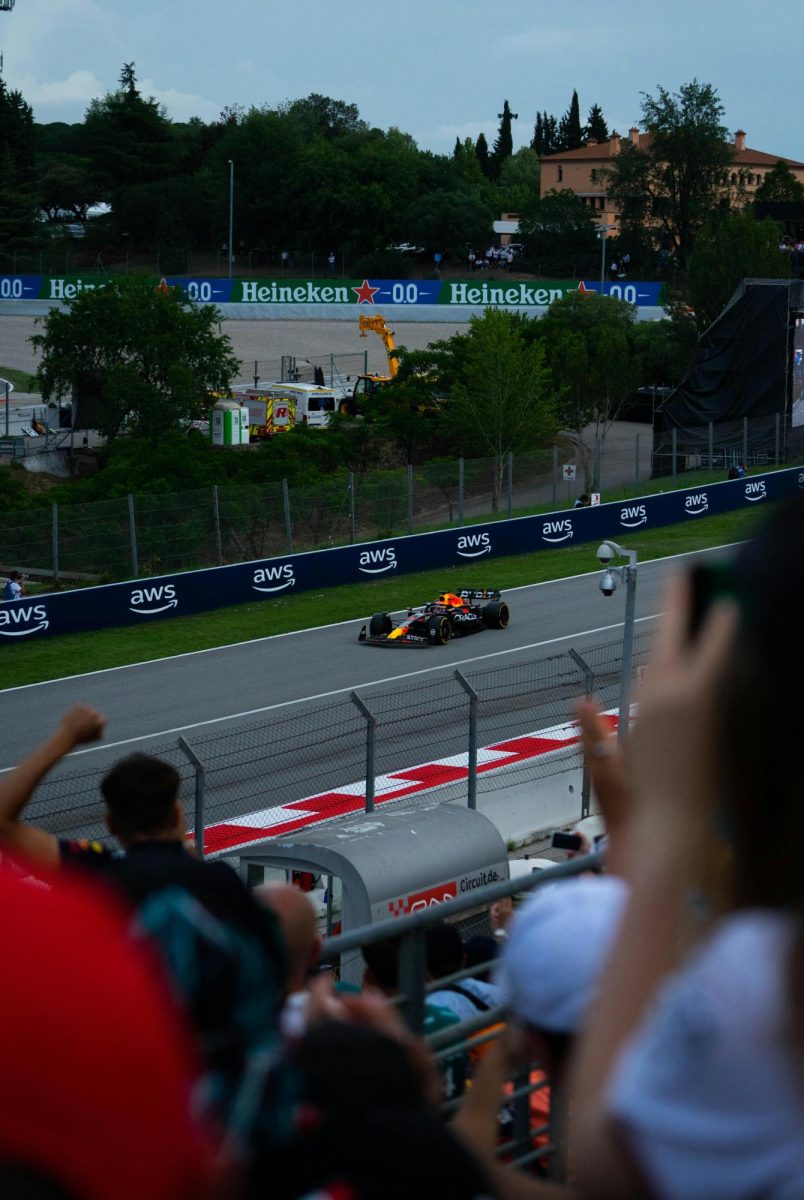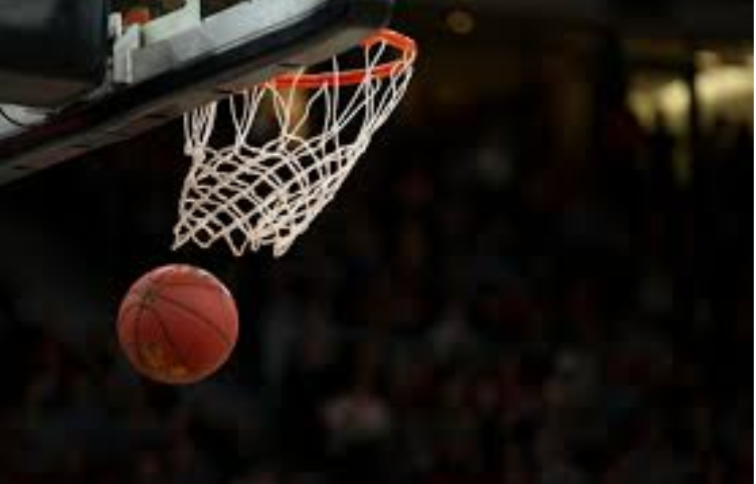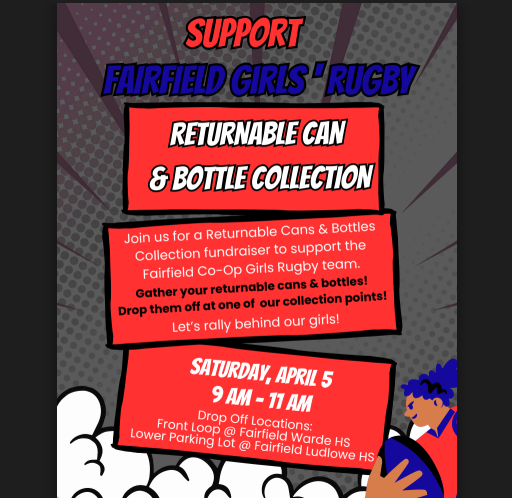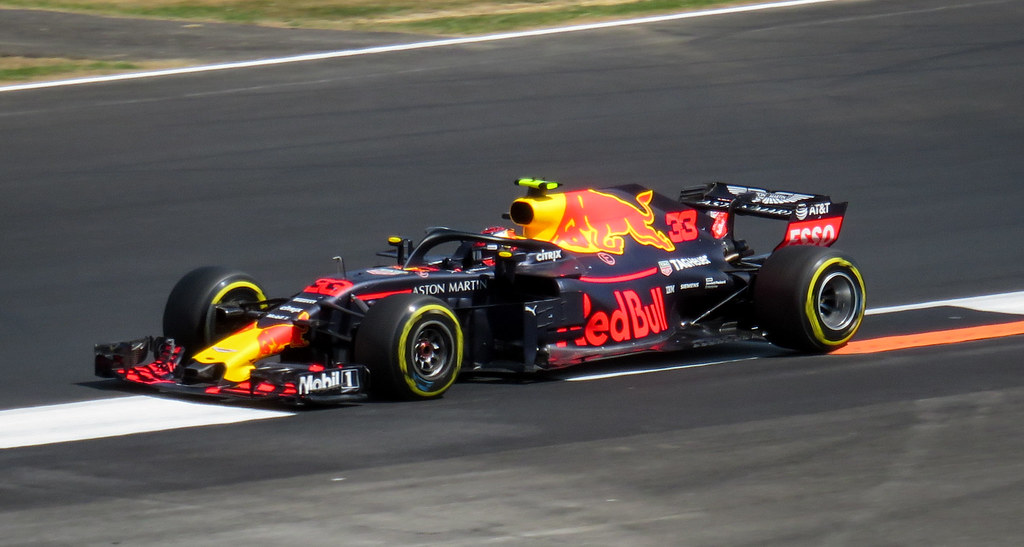Rollerblading, or inline skating, is a sport that involves skating on boots with wheels. Rollerblading is often confused with roller skating, but the two have a few major differences. Roller skates similar to rollerblades have four wheels, but they are arranged in two rows, whereas rollerblades have them in a straight line.
Rollerblading has many different facets and areas of specialization. Many people are interested in rollerblading at a surface level, and choose to pursue it recreationally as a means of exercise. Rollerblading is an especially effective form of getting in a quick workout and exploring nature. Simply put on your gear and take to the streets. It improves balance, flexibility, and muscle strength. Additionally, rollerblading is a great alternative method of transportation. Rollerblading has the benefit of being convenient, whereas with a bike, one might have to lock it up at their destination. Clearly, rollerblading holds enormous benefits as an entirely casual hobby, but this article also seeks to explore different aspects of the sport, all of which are fascinating and worth looking into.
Speed skating is a branch of rollerblading where skaters race each other on an indoor or outdoor track. Outdoor tracks are commonly used, and usually made up of concrete. Sometimes, skaters will also race on wood or roads. In indoor races, the track is coated in plastic. The sport holds similarities to speed skating on ice, and, in fact, is thought to evolve from ice speed skaters.
Inline speed skating is likely the most popular or competitive branch of rollerblading. In 1938, Inline skating world championships were held for the first time. The sport has gone on to have various national and international competitions where skaters from all over the world compete. Rollerblading in general took off significantly around the 1980s-90s, where roller hockey, a version of regular ice hockey on land, with skates, was introduced to the wider world with the spread of organizations and contests. Today, many speed skaters compete in the World Skate Games.
It is important to address the similarities and differences between the style of skating in speed inline, versus casual, or other forms of skating. The typical skate has a large boot with four relatively small wheels. In a speed skate, the skaters have small, close-fitting boots with larger wheels that extend farther than the boot itself. These skates are designed to be fast, not practical for everyday use. The wheels are less resistant than recreational skates, meaning the skaters are less encumbered when reaching top speeds. Furthermore, the boots of speed skates are typically built from a stiff material in order for more stability in the skater’s foot. The materials most commonly used are polyurethane leather and carbon fiber. These materials provide much better support than recreational skates. There are many more detailed differences between a recreational skate and a speed skate, such as the differences in lacing, frame, and bearings, that I won’t address in this article but are extremely interesting to look into.
To conclude, speed inline is a more professional and competitive type of rollerblading. However, many recreational skaters also work on improving their speed without going to competitions, and it is something that everyone can strive for.
Another main type of rollerblading is aggressive inline skating. This form of inline skating has its own subcategories, mainly including street, park, and halfpipe. Aggressive inline uses an especially unique type of skate as well. In 1995, the Aggressive Skaters Association (ASA) was formed, which developed more formalized rules to the sport. Aggressive inline took off for a time, with a massive rise in popularity during the late 90’s. In 1995, Aggressive Inline was also added to the X-Games, a popular action sports competition. Unfortunately, aggressive inline has lost most of its popularity over time. In 2004, the X-Games decided to drop the aggressive park competitions. As for the vert contests, they originally merged the men’s and women’s competitions, and then removed inline skating entirely in 2005. However, while the sport has lost much of its popularity, and athletes, there are still many who continue to compete. Various national and international competitions are still held around the world, which attract large crowds.
It’s important to understand the three main types of aggressive inline as well, especially when considering one’s particular specialty. First is park, which is inline skating that takes place in a skatepark. You’ve probably seen skateboarding at a skatepark.
Aggressive inline uses many of the same features, but skaters perform unique tricks that mostly involve grinds and spins. These tricks, in a “run” on inline skates at a park are combined, using both simple and complicated tricks. Spins and flips are done when the skater gains momentum and spins or pulls moves in the air. Grinds are when skaters slide on a concrete or metal surface using a groove in their skates. These grinds are differentiated based on the position of their feet, their stance, and how they enter the grind, which influences the difficulty of the move.
Many people who start with recreational rollerblading decide to try their hand at a park for a different experience, and it is completely worth it. The experience of skating on non-horizontal surfaces, and the adrenaline rush that accompanies it are truly unlike the normal, recreational sport. However, it is important to understand that aggressive inline skating is technically an extreme sport, so attempting the hardest tricks and the beginning is risky and unsafe.
One of the most flexible types of aggressive inline is street, or freestyle skating. Street skating is a fascinating form of skating that involves performing tricks on-street locations. Street skating is also very creative and often utilizes everyday structures for different purposes. Street skating is also a great way to explore cities and experience street life.
Lastly, Halfpipe skating is another type of aggressive inline skating that uses a large ramp with two steep sides. Skaters do flips and grinds high in the air. Halfpipe is probably the flashiest type of inline skating. This type of skating is incredible to watch. This might also be one of the most recognizable types of rollerblading aside from purely recreational.
*Special Note: In a largely male-dominated sport, Fabiola DaSilva is an incredible skater who changed the sport. She won seven gold medals at the X-Games, and one silver. Her talent, accomplishments, and skill led to the ASA’s creation of the “Fabiola Rule”, allowing women and men to compete together.
The final major type of rollerblading this article will cover is freestyle slalom skating. This is a branch of inline skating that is both highly technical and creative, undoubtedly the most artistic type of skating. Freestyle slalom skating is mainly done with cones, where skaters perform tricks and move in complex patterns through the cones in a type of dance. When done smoothly, it is mesmerizing to watch, and very difficult to perfect oneself.
Skaters are usually judged in four main areas; control, maneuverability, agility, and direct transfer of movement. Although they have key individual differences, slalom skating is reminiscent of figure skating in how both are judged based on choreography performed in a time limit. Freestyle slalom skaters in competitions also usually perform to music. Similar to figure skating, slalom skaters can also perform in pairs, and are additionally judged for synchronization. A few other categories also exist, such as speed slalom and battle, where skaters directly compete with each other.
Overall, freestyle slalom is a challenging but also rewarding artistic type of rollerblading. While it requires lots of time and effort to get good at, just like any of the more niche types of rollerblading, it isn’t difficult to begin. Better slalom skaters usually buy different skates for competitions, but anyone can try their hand at slalom with recreational skates and a set of cheap cones. This is the same for most of the other types of rollerblading discussed in this article.
When it comes to aggressive inline skating, without aggressive skates, you cannot do grinds, but at the beginning, it isn’t entirely necessary. One could argue that getting used to a skatepark on recreational skates is equally beneficial. Furthermore, skating speeds will intuitively be increased by practice, even if you don’t practice for speed, your technique will improve, allowing you to achieve higher speeds.
Rollerblading is an incredibly versatile and multifaceted sport, with various different types of inline skating with their own rules, styles, and communities. It is a fascinating sport to get involved with, either as a participant or spectator or both.

